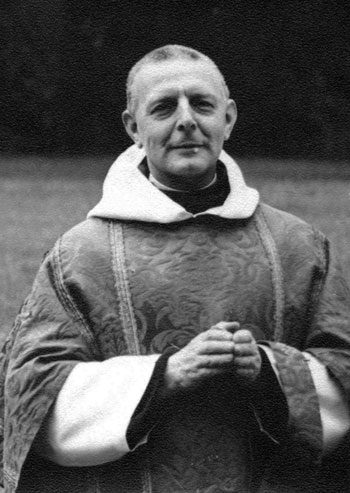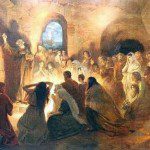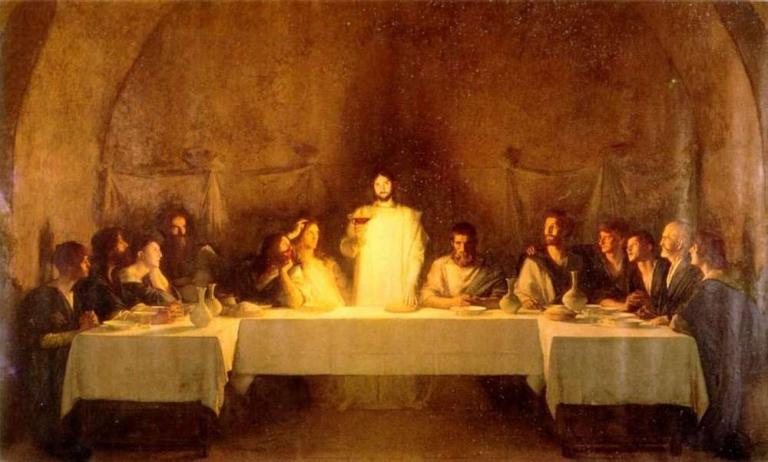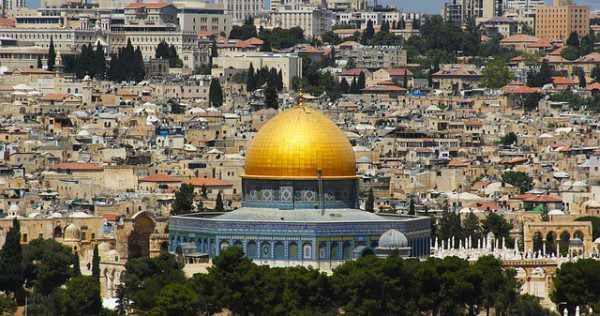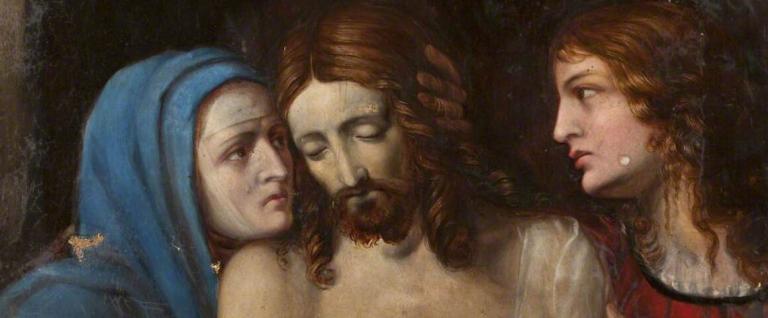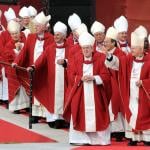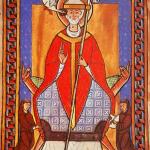This is the second in a series, commenting on two books. The first book is Dom Gregory Dix, The Shape of the Liturgy (Westminster: Dacre Press, 1945).
- The classical shape of the liturgy: The synaxis
- Synaxis is the Greek word for meeting, and eucharist for thanksgiving.
- Synaxis was a continuation of the Jewish synagogue service, and the eucharist, tho newly messianic (the literal meaning of “Christian”), was also influenced by the Passover sacrifice-meal, the Kiddush religious meal of the Jewish household, and the chaburot, common meals held for a religious purpose by Jewish brotherhoods. 36
- The synagogue service consisted of public scripture readings, singing psalms, a sermon, and set prayers. 37
- So too in all the early Christian churches the prayers were placed last, after the sermon.
- “The Lord be with you” and “Peace be unto you” are of Jewish origin (Ruth 2.4; John 20.19).
- the Talmud says the first was used by a man to recall his companions to remember the Torah (Berakoth, Tos. 7.23).
- the second was interpreted by Xns to mean the special grace of the Spirit received by the celebrant at his ordination, which was for interpreting and proclaiming the Word of God. 38
- The church is the Body of Christ and prays “in the name” of Jesus, which is a semitic idiom for “in his Person.”
- The world cannot join in offering that prayer, since it is not joined to the Son by faith and baptism.
- That is why the early church turned out after the sermon anyone who had not officially joined “the order of the laity.”
- The deacons would proclaim, “The doors! The doors!” which meant to close and lock the doors against intruders during the mysteries of the Eucharist. 41-42
- A deacon would announce the subject to be prayed for, all would pray silently on their knees for a while, after which they rose from their knees and the deacon would sum up the petitions in a brief collect.
- Examples of subjects in the Alexandrian liturgy (of the 4th century, but going back before): all in captivity, those that are fallen asleep, those that “offer this our sacrifice,” all that are in affliction, the catechumens.
- The Roman prayers were terse and practical, the Egyptian more flowery. 44-45
- The main points are the same East and West, agreeing that public intercession is a corporate act involving the whole church, in which each order—laity, deacon and officiant (bishop or presbyter)—must discharge its own function within the priestly activity of the whole Body of Christ. 45
- Later the laity’s role was reduced to saying one word, Amen, losing the sense that it is the prayer of Christ the world’s Mediator thru His Body “which makes the world to stand” (in the phrase of an early Christian writer. 45
- So today much of the church has an “excessively individualistic conception of personal prayer.” 46
- Eucharist and Lord’s Supper
- Dix claims that the primitive church did not see liturgical practice as subject to the control of the NT documents, many of which were not gathered into one, widely available, until the second century and later. 49
- He also argues that Jesus instituted the Eucharist not at the Passover supper that year but the evening meal 24 hours before the actual Passover.
- Here he follows John’s gospel (Jn 13.1). Dix argues that it was the corporate meeting of a chaburah, a weekly supper held on the eve of Sabbaths or holy days. 50-51
- When Paul says in 1 Cor 11.25 that “after supper he took the cup” and calls it “the cup of blessing (1 Cor 10.16), it is the cup of blessing at the end of every chaburah meal, according to the Mishna 7.8. 57
- [Other scholars argue, more plausibly, that this was the third of four cups during the Passover meal.]
- Dix quotes a bishop who wrote that the doctrines of sacrifice and atonement were not read into the last supper but out of 77
- The universal four-action shape of the liturgical eucharist was of four parts: offertory, prayer, fraction and communion. 78
- In the offertory each communicant brought a little bread and wine and frequently other small offerings such as oil, cheese, vegetables, fruit, flowers, etc.
- The prayer over the bread and wine together.
- Like Jewish blessings at sacred feasts, it rehearsed the history of YHWH’s covenantal acts for his people.
- This is, strictly speaking, the Eucharist, which means Thanksgiving, the Greek translation (eucharistia) of the rabbinic berakah (blessing).
- To bless a thing and to give thanks to God for a thing over it were one and the same in Jewish thought.
- That’s why Mark says in successive verses (Mk 14.22, 23) says our Lord “blessed” (eulogesas) the bread and “gave thanks” over (eucharistesas) the wine, where a Jew would have used berakh in both cases. 79
- “it is meet and right” in our liturgy is a semitic parallelism. 80
- The early church believed it was imperative to have an ordained member of the clergy to preside over the Eucharist.
- Ignatius of Antioch: “Without the bishop it is not lawful . . . to hold an agape.” (letter to Smyrna 8.2)
- The Didache (late first century) three times refers to the Eucharist as a sacrifice, and quotes the same text in Malachi (1.11) that Justin Martyr uses in his Dialogue (116), calling it a sacrifice. 91

